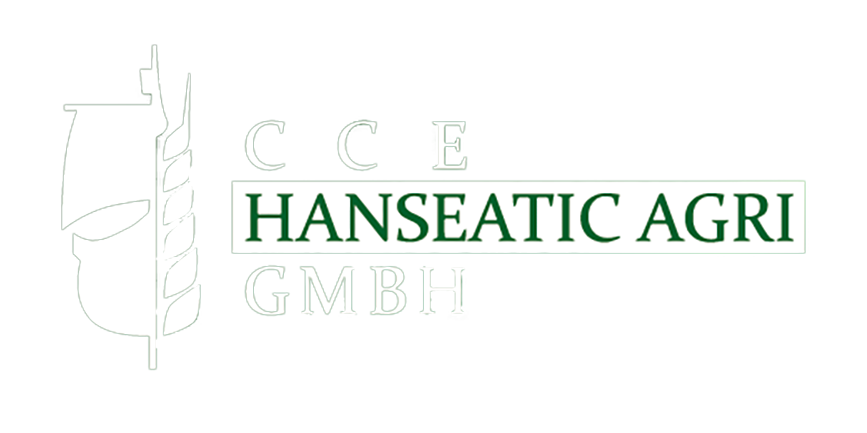In the dynamic landscape of pet food production, the significance of pet food labels stands paramount. These labels bridge the gap between the intricate science of pet nutrition and the final consumer, shedding light on the quality and composition of the product.
At Hanseatic-Agri, we comprehend the broad spectrum of communication about pet foods, influenced by various stakeholders from brand marketing to regulatory standards.
Our objective is to clarify pet food labels, ensuring that companies producing pet foods can transparently convey the value of their products to their customers.
The Evolution of Pet Food Communication
The narrative surrounding pet food communication has shifted from focusing on nutrition and health to emphasizing ingredients. Initially, pet food labels served as straightforward guides to what was inside the package.
However, as consumer preferences evolved, so did the focus on pet food products. Ingredients once considered foundational, like corn, wheat, and soybean, have faced scrutiny.
This shift led to an ingredient-centric marketing approach. Pet food labels now prominently feature terms like “Beef Dog Food” or “Beef Flavor Dog Food,” promising complete and balanced nutrition through select ingredients.
The Battle of Communication Styles
Brand Marketing vs. Regulatory Perspectives
The pet food label is where the perspectives of brand marketing and regulatory standards often diverge.
Brand marketing strives to highlight the distinct selling points of a product, such as “Adult Maintenance” or “complete and balanced nutrition,” to create an appealing narrative for Dog Food or Beef Dog Food.
Conversely, regulatory officials prioritize the safety and consistency of pet food products, focusing on the precision of Food Labels and ensuring compliance with strict standards. This presents a challenge: crafting pet food labels that appeal to consumers while adhering to regulations.
Ingredient Terminology and Consumer Confusion
The terminology on pet food labels can sometimes lead to confusion among consumers. For example:
- Corn Gluten Meal: Misinterpreted as containing gluten, leading to its rephrasing as “corn protein meal.”
- Dried Ingredients: Adding “dried” in terms like “dried beet pulp” unnecessarily extends ingredient lists without enhancing clarity.
- Fermentation Products: Terms like “dried Lactobacillus acidophilus fermentation product” could be simplified to mirror human food labeling, improving comprehension.
These instances highlight the need for clear and precise terminology in pet food labels to prevent misleading consumers.
The Importance of Clear Communication
Labeling for Clarity and Consumer Understanding
Achieving clarity in pet food labels is crucial for the pet food industry. Clear, straightforward labels meet regulatory requirements and play a vital role in educating consumers about pet food products. Effective labels should:
- Eschew unnecessary jargon and terms that don’t contribute to a consumer’s understanding of the product’s nutritional value.
- Explain the product’s benefits, such as “complete and balanced nutrition” for specific life stages like “Adult Maintenance.”
- Employ terms consistent with human food labels, leveraging consumer familiarity and trust.
Addressing Misinformation and Building Trust
In an age where misinformation can quickly spread, clear and accurate pet food labels become even more essential. Misinformation can undermine consumer trust and lead to reluctance to choose beneficial products for their pets. By committing to transparency and evidence-based information, brands can counteract misinformation and establish trust with their audience. This involves:
- Educating consumers on the science behind pet food formulations.
- Clarifying the benefits of often misunderstood ingredients demonstrates how they contribute to a pet’s health.
Hanseatic-Agri’s Approach to Pet Food Labeling
At Hanseatic-Agri, we pride ourselves on our commitment to transparency and quality in the bulk animal feed sector. Our approach to pet food labeling is informed by our deep understanding of the industry’s needs and the regulatory landscape. We ensure that our labels:
- Clearly communicate the nutritional benefits of our products, emphasizing features like “complete and balanced nutrition” and “Beef Flavor Dog Food.”
- Adhere to the highest regulatory compliance standards, guaranteeing safety and quality for all our pet food products.
- Reflect our expertise in the animal food industry, offering our clients the confidence they need to make informed decisions.
Conclusion
The clarity and accuracy of pet food labels are essential in bridging the gap between pet food manufacturers and the end consumer.
We can foster a more informed and trusting relationship with our customers by focusing on transparent communication, avoiding unnecessary jargon, and directly addressing misinformation.



